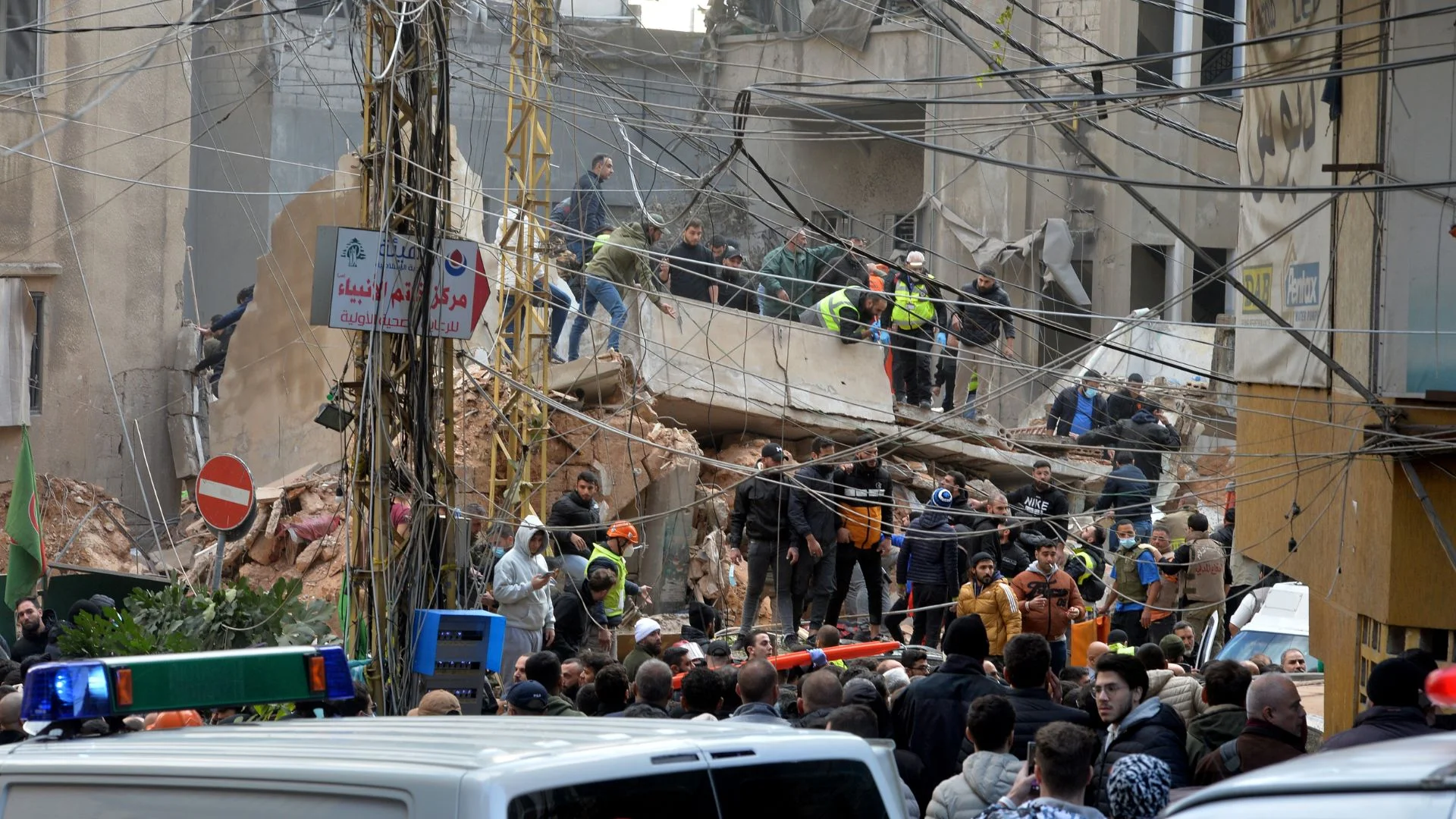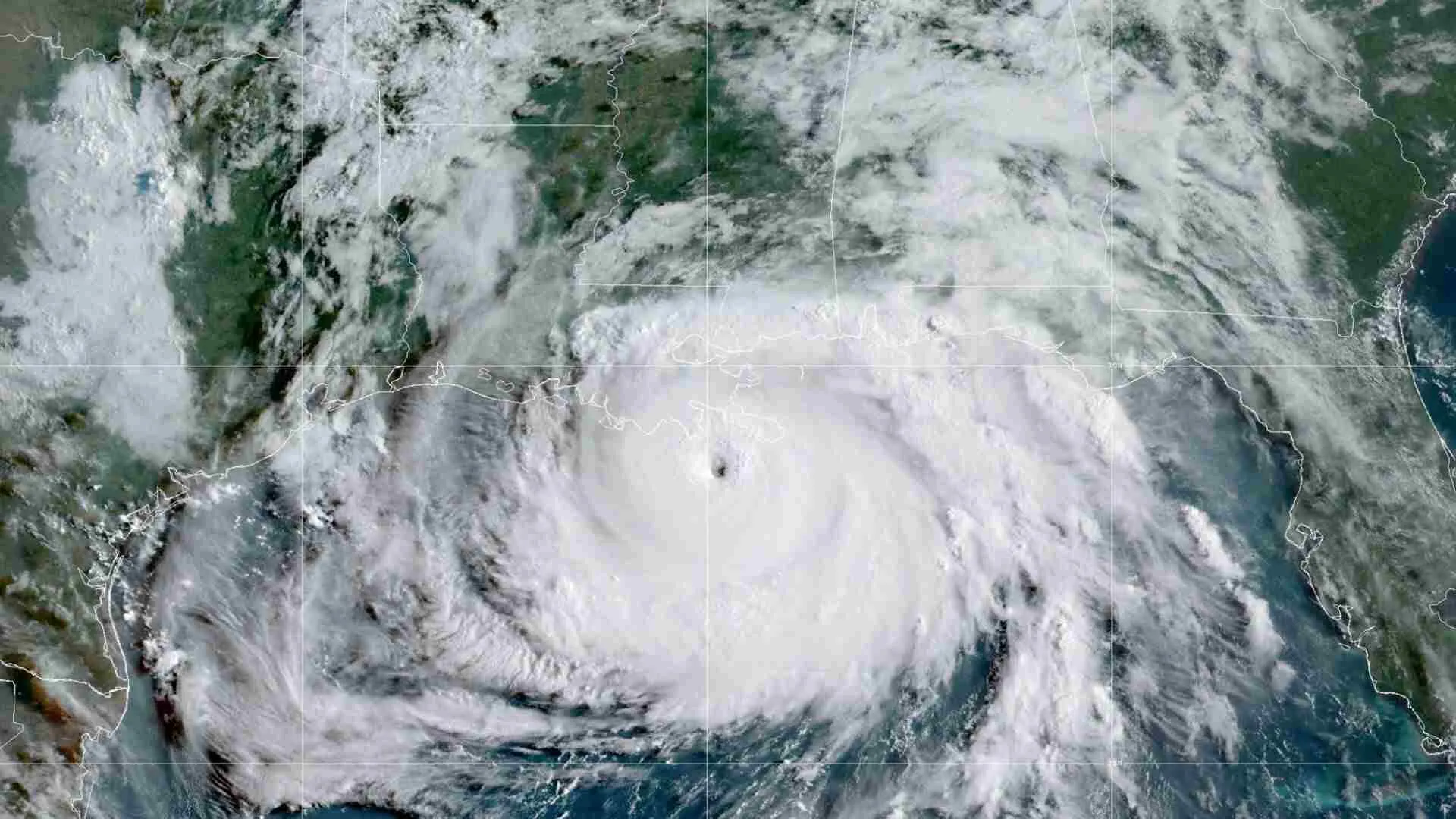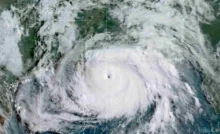A ceasefire agreement between Israel and Hezbollah has halted over a year of intense hostilities that were initially triggered by the Gaza conflict. As the truce takes effect, the scale of the damage becomes clearer, revealing staggering costs in casualties, destruction, displacement, and economic impact.
Casualties
Since the conflict’s escalation in October 2023, at least 3,768 people have been killed in Lebanon, with 15,699 injured, according to Lebanon’s health ministry. The majority of casualties occurred after Israel launched a major offensive against Hezbollah in September. While Hezbollah has reported the deaths of approximately 500 fighters before the offensive, estimates suggest the group’s total losses may be as high as 2,450, according to Tel Aviv University’s Institute for National Security Studies. On the Israeli side, Hezbollah strikes have killed 45 civilians, and at least 73 Israeli soldiers have died in the conflict.
Destruction
The physical toll on Lebanon has been devastating. The World Bank estimates that the cost of damage to housing alone is around $2.8 billion, with more than 99,000 housing units partially or completely destroyed. In Beirut’s southern suburbs, a Hezbollah stronghold, at least 262 buildings were demolished by Israeli strikes. Extensive damage has also been inflicted on villages in the Bekaa Valley and southern Lebanon. Agriculture has been hit hard, with $124 million in direct damage and over $1.1 billion in lost crops and livestock.
In Israel, property damage is estimated at $273 million, with thousands of homes, businesses, and farms affected by Hezbollah rockets. The destruction also extended to 55,000 acres of forests and nature reserves in northern Israel and the Golan Heights, which have been scorched by fires.
Displacement
The human cost of the conflict is equally staggering. Over 886,000 people have been displaced within Lebanon, with an additional 540,000 fleeing to Syria, according to UNHCR and IOM data. In Israel, approximately 60,000 people have evacuated their homes in the northern regions.
Economic Impact
The conflict has severely strained Lebanon’s economy. The World Bank estimates that Lebanon has incurred $8.5 billion in damages and losses, with the country’s GDP expected to shrink by 5.7% in 2024. Agriculture, tourism, and hospitality sectors have been particularly hard-hit, with losses exceeding $1.1 billion each.
For Israel, the economic toll has been compounded by the ongoing war in Gaza, pushing the country’s budget deficit to 8% of GDP. The conflict has led to supply chain disruptions and inflation, which has surged to 3.5%, surpassing the central bank’s target. Despite some economic recovery in the third quarter of 2024, the country faces mounting financial pressure.
As the ceasefire holds, both nations are left to reckon with the deep scars left by the conflict, from the thousands of lives lost to the billions in economic losses.










